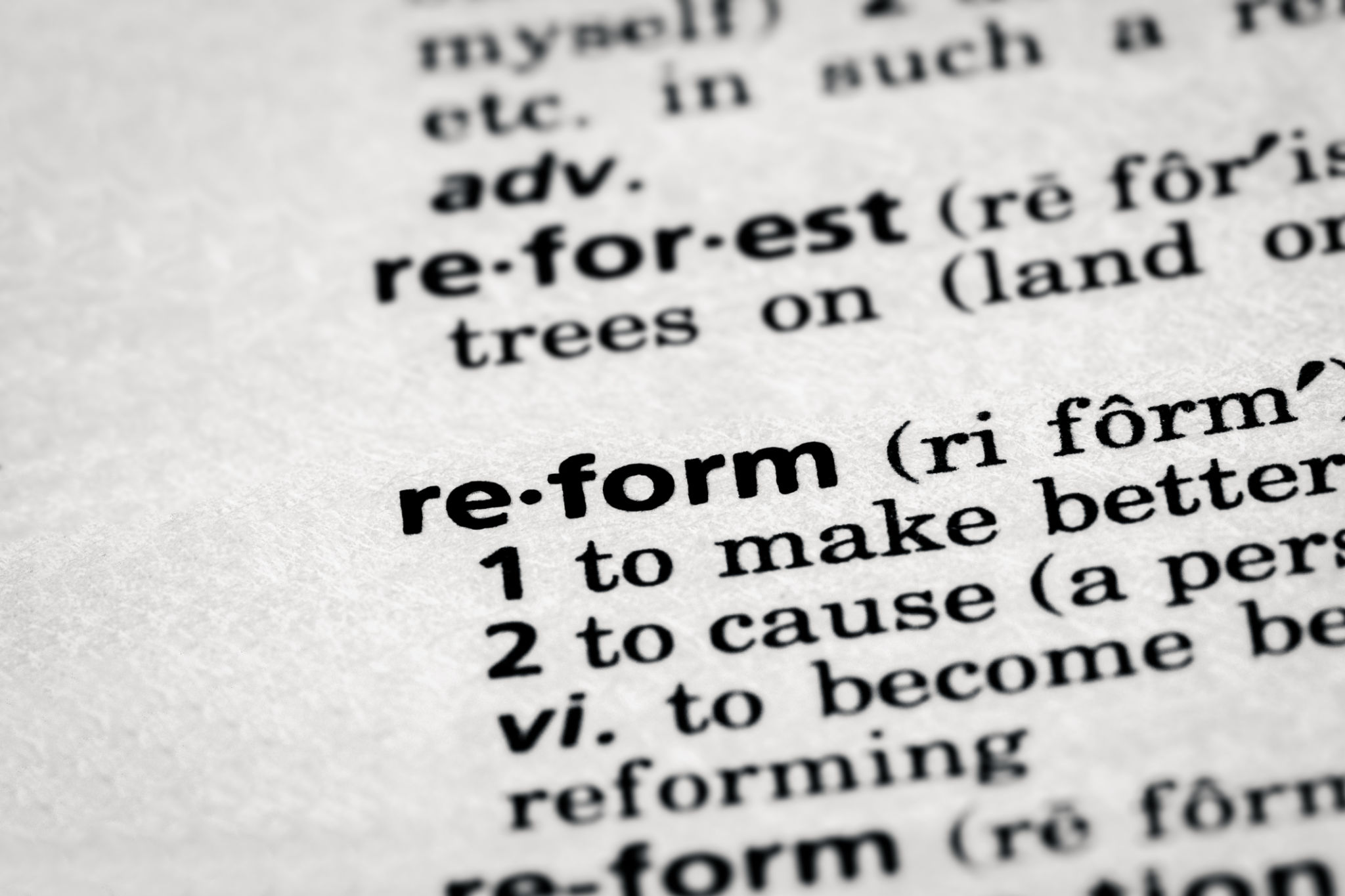Debunking Myths About Criminal Justice Reform
Understanding the Basics of Criminal Justice Reform
Criminal justice reform is a complex and often misunderstood topic. Many people hold misconceptions about its goals and impacts. To foster a more informed discussion, it's crucial to debunk some of the prevalent myths surrounding this important issue. At its core, criminal justice reform seeks to address systemic issues and improve fairness in the judicial process, ensuring that justice is served effectively and equitably.

Myth 1: Reform Leads to Increased Crime Rates
One of the most common myths is that implementing criminal justice reform will lead to higher crime rates. However, research shows that this is not necessarily true. In fact, several studies have found that reforms such as reducing mandatory minimum sentences and increasing rehabilitation efforts can actually decrease recidivism rates. By focusing on rehabilitation rather than punishment, individuals are better equipped to reintegrate into society and lead productive lives.
In states where reforms have been enacted, many have observed a decline in crime rates over time. These changes demonstrate that it is possible to maintain public safety while also creating a more just and equitable system. It's important to remember that reform does not mean being lenient on crime, but rather being smart on crime.
Myth 2: Reform Is Only About Reducing Prison Populations
Another misconception is that criminal justice reform solely focuses on reducing prison populations. While decreasing incarceration rates is a component of reform, it is not the sole aim. Effective reform efforts encompass a wide range of initiatives designed to enhance the entire criminal justice system. This includes improving policing practices, ensuring fair trials, and providing better support for victims.

For instance, many reform advocates push for changes in policing techniques to build trust within communities, such as implementing body cameras and community policing strategies. Additionally, reforms often aim to address racial disparities within the system to ensure everyone receives fair treatment regardless of their background.
Myth 3: Reforms Are Expensive and Unsustainable
There is a perception that criminal justice reform is costly and unsustainable. However, data suggests otherwise. By reducing the number of incarcerated individuals and focusing on rehabilitation, states can actually save significant amounts of money. These savings can then be redirected towards other public services like education and healthcare, ultimately benefiting society as a whole.
Moreover, many reforms aim to prevent crime before it happens by addressing root causes such as poverty and lack of education. Investing in preventive measures can reduce long-term costs associated with crime and incarceration.
Myth 4: Justice Reform Is Not a Bipartisan Issue
Contrary to popular belief, criminal justice reform is not confined to one side of the political spectrum. In fact, it has garnered support from both sides of the aisle. Conservatives often advocate for reform due to fiscal concerns and a desire for efficient government spending, while liberals may focus on social justice aspects. This bipartisan support underscores the universal recognition that the current system requires improvements.

The collaboration between different political ideologies has led to the implementation of various successful reforms across the country. This cooperation highlights that when it comes to creating a fairer criminal justice system, common ground can be found despite political differences.
The Path Forward
As we continue to navigate the complexities of criminal justice reform, it is essential to dispel myths and focus on factual information. By understanding the true objectives and benefits of reform, society can work towards a system that not only upholds justice but also fosters rehabilitation and community well-being. The path forward involves ongoing dialogue, informed decision-making, and a commitment to creating a just society for all.